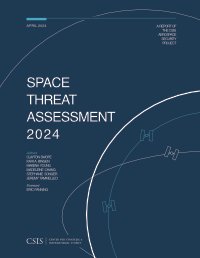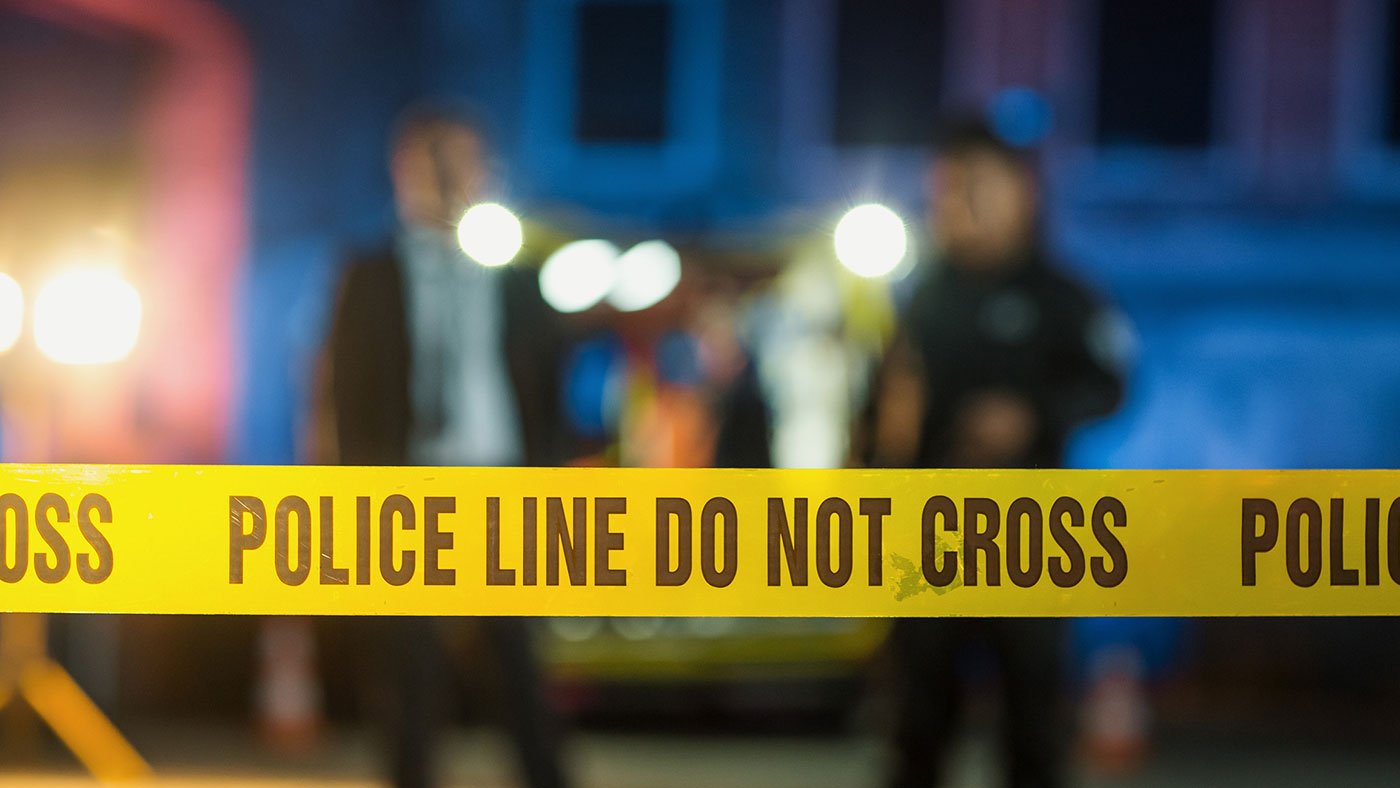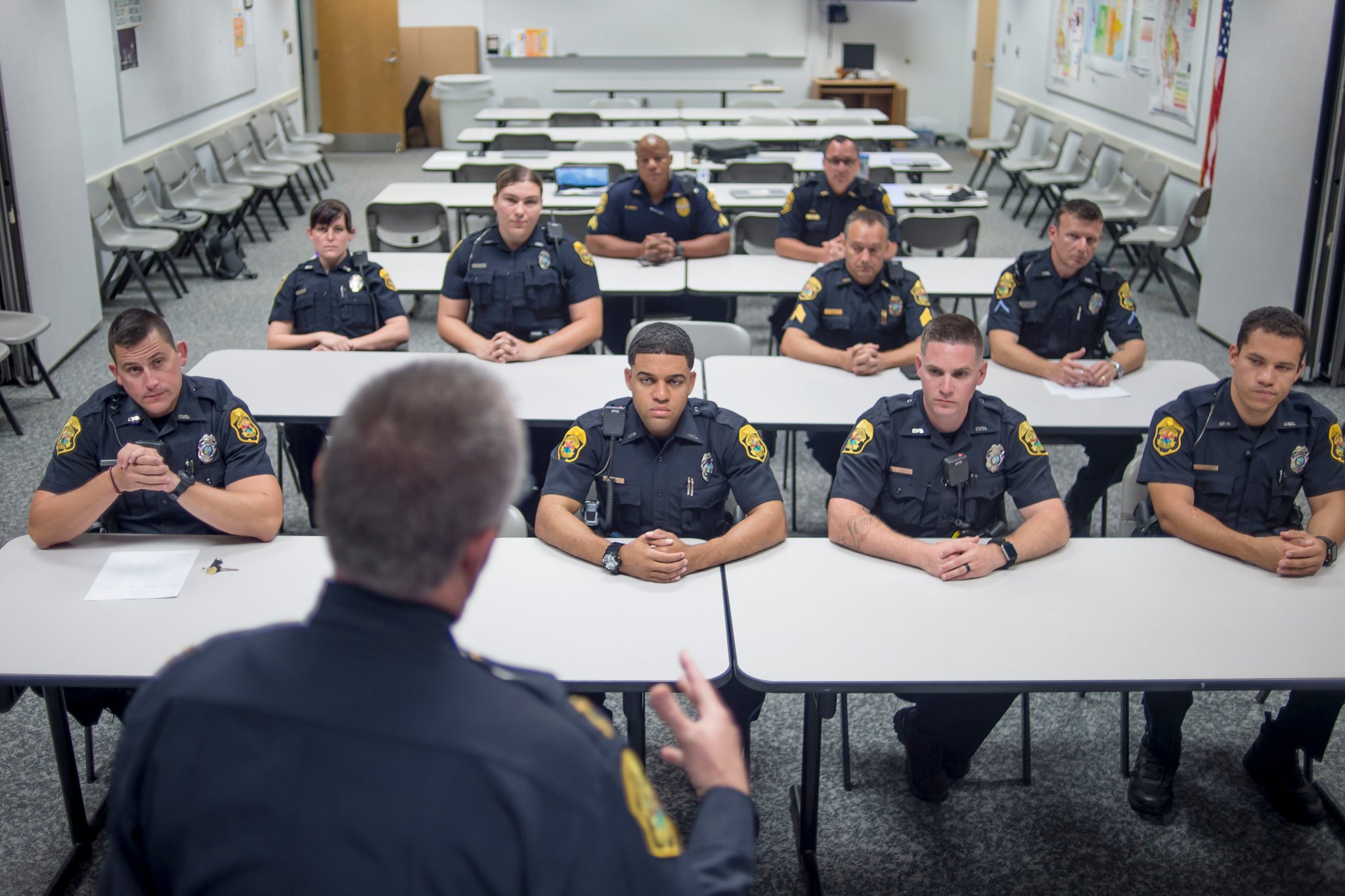By Anna Stenkamp and Michael Rempel
The purpose of this study is to assess recent trends in criminal summons practices by the New York City Police Department (NYPD), including if and how they disproportionately impact low income and/or Black and Brown communities.
Key Findings
Overall Summons Trends:
Steep Decline Until 2022: Criminal summonses plummeted by 90% from 2013 to 2022 (from 375,707 to 36,621). However, for the first time in a decade, criminal summonses increased by 62% in the most recent year from 2021 to 2022 (from 22,603 to 36,621).
Most Summonses Issued in Bronx and Brooklyn: The Bronx and Brooklyn emerged as hotspots for summonses, with over 60% issued in these boroughs from 2020 to 2022. The Bronx alone accounted for 30% across these years, despite Bronx residents comprising only 17% of NYC’s population.
Few Convictions: In 2022, just 9% of criminal summonses ended in a conviction. (Straight dismissals accounted for 63%, with 28% receiving an adjournment in contemplation of dismissal.) With less than one out of ten cases disposed as guilty, criminal summonses largely do not involve formal accountability but, rather, a “process is punishment” effect, including lost time, income or other challenges from people having to appear in court.
Racial and Socioeconomic Disparities:
Widening Racial Disparities: From 2020 to 2022, the NYPD issued over 85% of criminal summonses to Black or Hispanic people, who combine for 52% of NYC’s population. Relative to their numbers in the general population, police issued summonses at a rate 8.9 times higher for Black than white people in 2020, increasing to 11.4 times higher in 2022.
Income Disparities: The NYPD issued over 60% of summonses to people living in zip codes that fell below the median household income. Further, within communities of every income bracket, the NYPD disproportionately issued criminal summonses to their Black and Hispanic residents. For example, in zip codes with a median household income below $35,000, police issued 97% of summonses to Black and Hispanic people, though they made up just 44% of the population. And in affluent zip codes with a household income over $100,000, police issued 73% of summonses to Black and Hispanic people, though they comprise 24% of the population.
Neighborhood Disparities:
Disparities Based on Zip Code: Residents of 40 (22%) of the City’s 178 zip codes accounted for over half of criminal summonses in 2022. Thirty-four of these 40 zip codes (85%) were majority or plurality Black or Hispanic.
Racial Disparities Within Zip Codes: Across all 178 zip codes, 89% had a larger proportion of summonses issued to Black residents and 67% had a larger proportion issued to Hispanic residents than their respective shares of the zip code’s general population. Thus, NYC police are both disproportionately issuing summonses in predominantly Black and Hispanic neighborhoods; and within virtually all neighborhoods citywide, police are disproportionately issuing summonses to Black and Hispanic residents.
The disproportionate issuance of summonses targeting Black and Hispanic communities highlights systemic biases that perpetuate inequality within the criminal justice system. Addressing these disparities is crucial to fostering a fair and equitable approach to law enforcement, ensuring justice for all residents of New York City
New York: Data Collaborative for Justice, 2024. 45p.





















